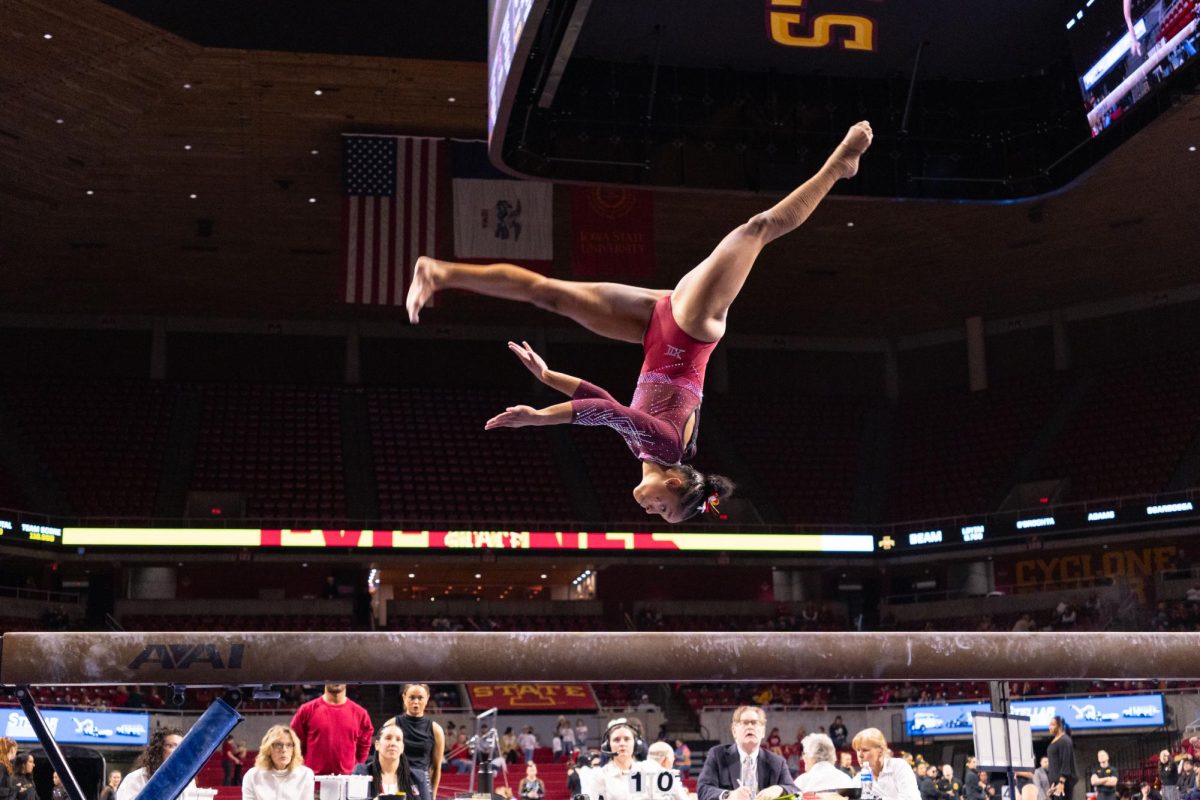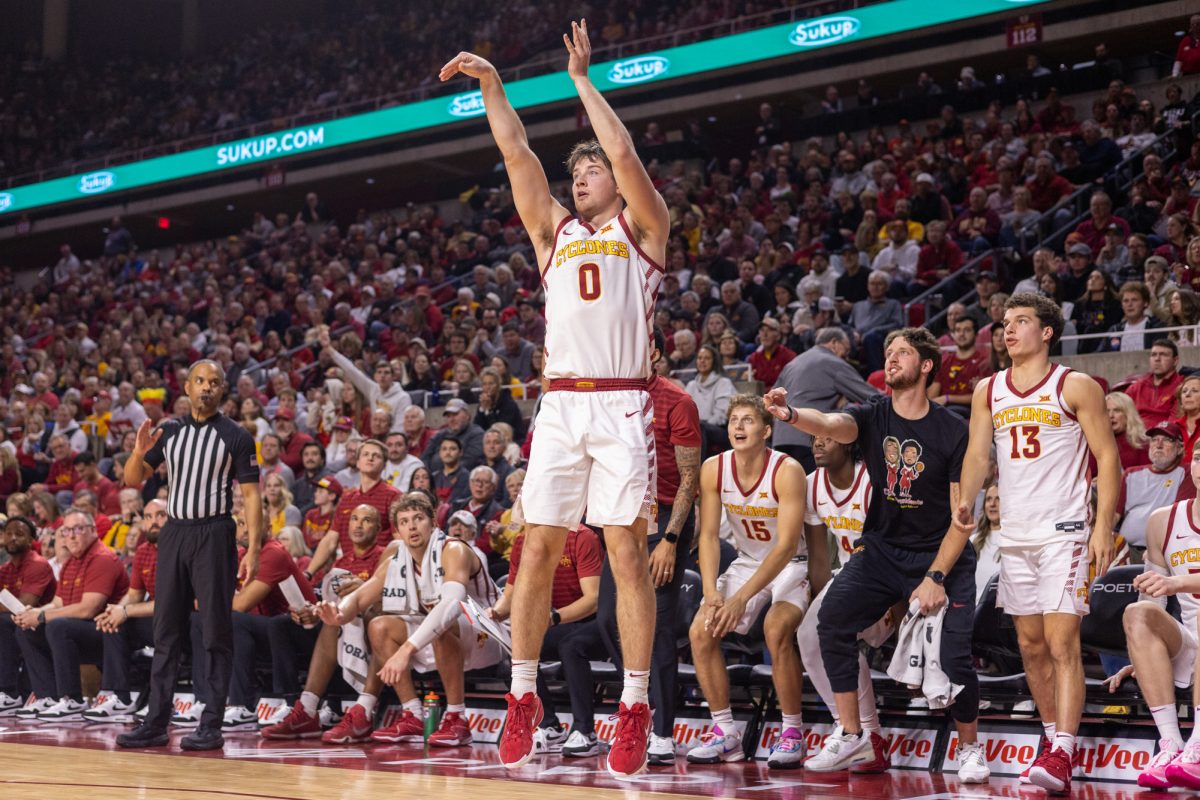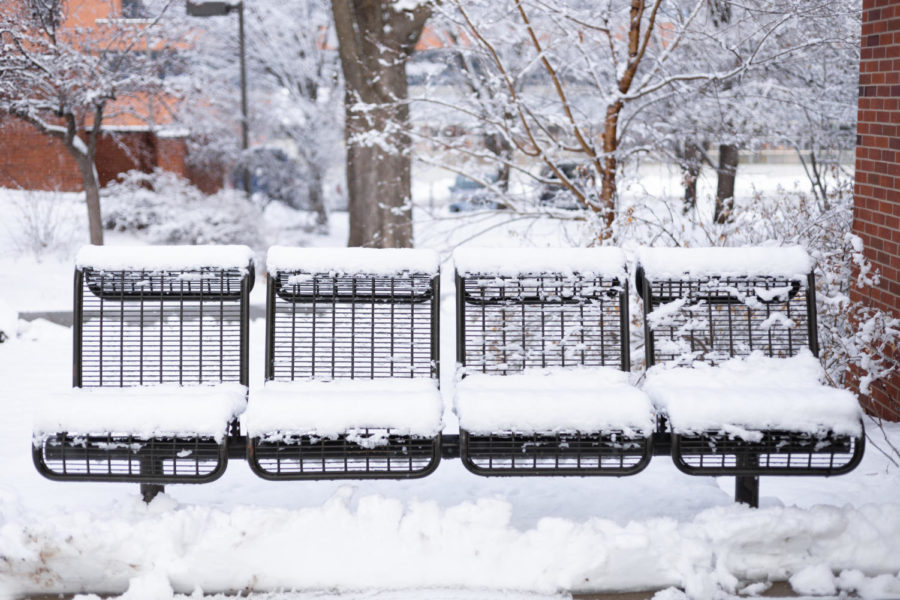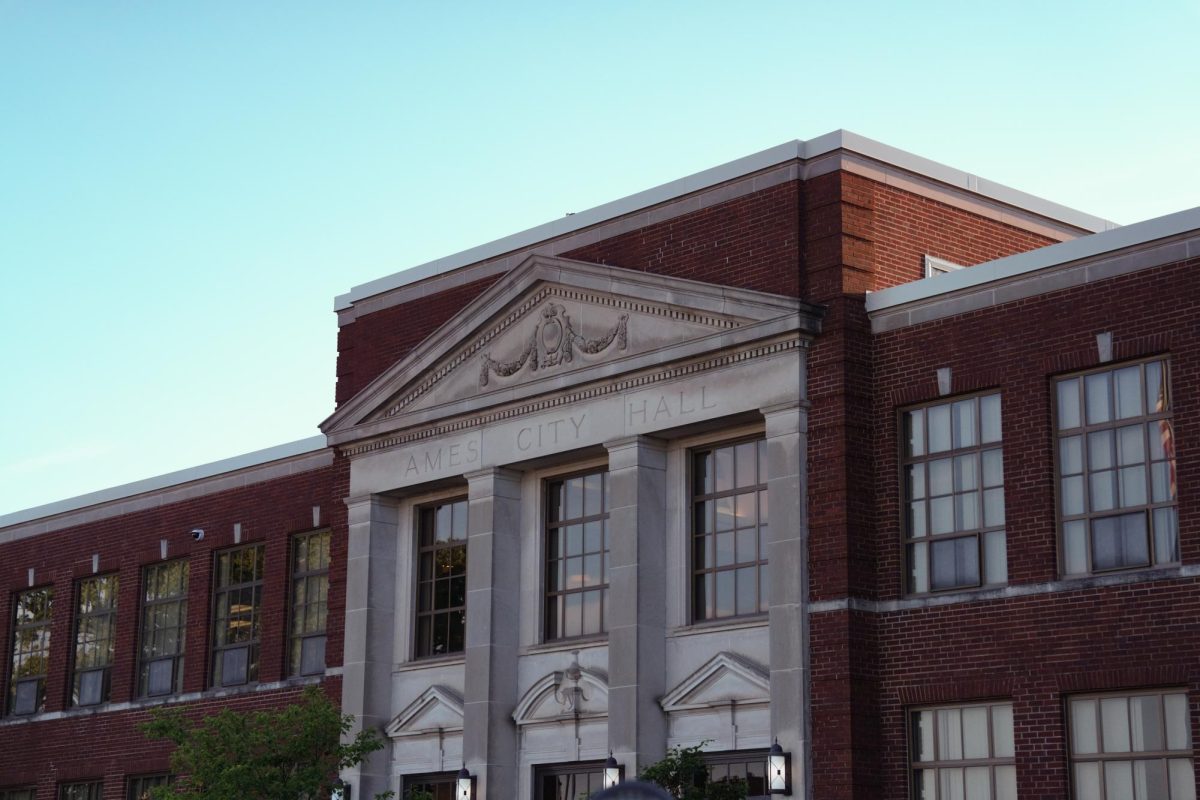Facing the facts about diversity
November 11, 1998
So there I was, sitting in one of my classes, chatting with a guy who shall remain nameless. He’s a fairly smart guy, and we were ribbing each other a little bit for our opinions. It’s convivial, and I tell him jokingly that he’s full of it. He responds, “We know what you’re full of, Jayadev; it shows through your skin.”
Whoa.
“What the hell is that supposed to mean?” I query. Still giggling, he replies: “Don’t you get it? Shit is brown!”
“I got the joke,” I say, stone-faced, “but I don’t think it was funny.”
Realizing his error, he quickly apologized. But I’m troubled about this. I didn’t think this kind of thing happened in a university community where people are supposed to be intelligent and sensitive.
I’m not naive enough to think that racism is dead. I’ve just never experienced it directly since I’m a member of a “model minority.” That is to say, most of us are conformist and non-confrontational.
Oh, whenever I travel, I have to go through random security checks (yeah, random; everybody who goes through them either has dark skin or speaks with a funny accent), but I’ve never had anybody comment directly on the color of my skin.
My sisters have had people comment on the color of their skin, as my younger sister has been called “dirty and brown,” and my older sister was once told that she needed to take a bath to get rid of her brownness. Both of the incidents happened in Ames, a town not known for racist attitudes.
I’m willing to bet that there are other Asian, African and Hispanic Americans who have had to deal with things worse than this. Why do intolerant attitudes still linger in a fairly cosmopolitan university town like this?
I think the reasons start with the fact that there aren’t that many of us here, and many students are seeing people different from themselves for the first time and are unsure of how to interact with them.
They don’t know how their remarks will be construed, and the lack of openness and racial dialogue leads to weird racist slurs made in conversation with those who they think will “not take it in the wrong way.”
Of course, the remark I heard came from so far out in left field, I definitely took it “the wrong way.”
There are perfectly good reasons for the racial self-segregation on this campus. People hang out with who they know and are comfortable with, and at ISU, most of the students are white and more comfortable with white students.
Ditto for the few black students and for the often homesick Asian students. This leads to a vicious cycle of polarization.
Recently, there have been some good opportunities for dialogue about race on campuses. Ward Connerly, self-proclaimed civil-rights activist and University of California regent, spoke here on affirmative action.
In fact, there was a whole series of speeches on affirmative action-related issues. Mr. Connerly’s well-attended speech told the College Republicans sponsoring the event what they wanted to hear.
He said that race-based affirmative action is a failure, and affirmative action based on socioeconomic factors is the only morally defensible version of preferences. He implied that universities should follow broader societal trends and the will of the people and not be laboratories of social change.
Later in the week, there was a much more sparsely attended lecture by Rachel Moran, a law professor at the University of California at Berkeley. She is, I think, more qualified to discuss the legal aspects of affirmative action than Mr. Connerly, as one of her areas of research is the Bakke decision, the Supreme Court decision that set many of the precedents of modern-day affirmative action.
She argued that what was really morally indefensible was the under-representation of minority groups, and that if universities were not going to be instruments of social change, who else would be?
These lectures still do not hide the fact that this university is scared to face issues it hasn’t had to deal with until recently. The administration doesn’t want to deal with issues of race, pure and simple. Witness the heavy-handed attitude toward The Sept. 29 Movement. I don’t agree with the views of the 9/29, but I don’t think the university should suppress them either.
Even in the campus diversity survey, which was distributed to faculty, there was a space for faculty to fill out their religious beliefs. There were boxes for several different Christian denominations, Judaism, Islam and the ubiquitous “Other.” No Hindu, despite the more than 2 percent of students and faculty who are Hindus.
Until the administration and the university community face the issue of race on this campus head-on, the campus environment will continue to be strained. I invite dialogue, in this page and in other forums, to discuss the problems of insensitivity, diversity and the de facto segregation at Iowa State University. Make sure and let yourself be heard!
Jayadev Athreya is a senior is math from Ames.






